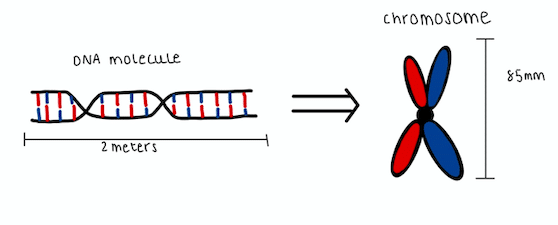?he gene that makes them male is ending, if this happens only Women will survive
The sex of humans and other mammals depends on the Y chromosome. The sex of an individual is male only on its presence. But according to research published in the Proceedings of the National Academy of Science, this chromosome is slowly disappearing in men. Scientists believe that if a new sex gene is not developed in its place, men will become extinct from the world.

Y chromosome determines the sex of th? ?????.
If we talk about humans and mammals, there are two X chromosomes in the female. At the same time, there is also a small Y chromosome along with an X chromosome in the male. There are 900 genes in the X chromosome. They have nothing to do with determining gender.(men)
men become extinct from the world:
There are 55 genes in the Y chromosome. This chromosome may be small in size, but its work is big and important. It contains an essential gene SRY, which develops the testes in the baby 12 weeks after conception. In the fetus, these testes release male hormones, due to which the child is born male.
Missing Y chromosome
According to research, the Y chromosome is decreasing in male humans and mammals. This can be estimated from the Australian platypus. They have an equal number of genes present in the X and Y chromosomes. From this, scientists came to know that at one time the number of genes of X and Y chromosomes were equal in humans too. That means Y chromosome will also have 900 genes instead of 55.
From this it can be estimated that 166 million years .Since then humans have lost 845 genes of the Y chromosome.This means we are losing 5 genes every 1 million years.If this continues, then in the next 11 million years, the Y chromosome will be completely over.
Rats raised hope of survival
According to experts, the Y chromosome has been lost in two species of rodents, but still they are not extinct. These are the mole voles of Eastern Europe and the spiny rats of Japan. Researchers have found only X chromosome in them. SRY gene is also not found in these.
Scientists found that the spiny rat has a sex gene called SOX9. Duplicate DNA was found near this gene in male mice. Through this, the SOX9 gene starts working like SRY. This DNA activity separates male and female mice from each other. In the future, it is possible that some other gene in humans may also develop the properties of SRY or a new sex gene may be formed.













